
Experience the Awe-Inspiring Beauty of Modern Architecture in 10 Alternative Cities
By Morris M, Urban Ghosts Media, 13 October 2015.
By Morris M, Urban Ghosts Media, 13 October 2015.
Often abused and reviled during its early lifetime (the Nazis famously considered the Bauhaus movement degenerate and ‘Communist’), modern architecture has risen to become one of the 20th century’s great - and often controversial - achievements. With its eclectic mix of styles, frequent focus on function, and breath-taking simplicity, the divisive work of this fraught period has nevertheless come to be popularly embraced by many. Even loved.
While places like Berlin and Dessau may get all the tourists, there are dozens of cities - some of which may come as a surprise - across the world that are perfect for experiencing modern architecture in all its glory. Here are ten of them:
1. Zlin (Czech Republic)
Image: Bata Brands SA
Le Corbusier once described it as a “shining phenomenon.” It’s been hailed as the “model town of modernism.” In the 1930s, thousands of architects and students flocked there on pilgrimages. It’s known as Zlin, and it’s perhaps the purest town in the Czech Republic.
Image: Thomas Bata Foundation
Unlike Brno, which added modern buildings to its genial mishmash of older styles, Zlin came from the ground up. When shoe magnate Tomas Bata founded his factory there in 1894, it was a tiny town of 3,000. Inspired by the production lines of Henry Ford and the management theories of Frederick W. Taylor, Bata decided to turn this rural backwater into a bold vision of the future. He would create a town that went beyond a mere social space. Instead he would make a laboratory in which everything was perfectly, beautifully regimented. Where even the leisure facilities were directed towards increasing shoe production in his factories. The perfect town for the perfect workers.
Image: Dezidor
Depending on your view, this might sound either wonderful or horrific. But there’s no denying the Zlin of Bata’s time was ground-breaking. Nearly every building was built on a 6.15 by 6.15 grid, giving work and home life a uniformity unmatched elsewhere. Workers’ colonies stretched out in regimented rows across the hillsides; less machines for living than personal shoeboxes. Glass, steel, concrete and red brick collided in a never-ending wave of identikit design, stretching out as far as the eye could see.
Image: hugo
Sadly, Zlin’s uniformity has today been diluted by decades of Communist neglect. Yet occasional pockets of Bata brilliance still exist, a reminder of bolder times.
2. Brno (Czech Republic)
Prague’s much-derided smaller sibling, Brno in the east of the Czech Republic lies low on most tourists’ radar. Yet this small city (known as ‘the Czech Republic’s largest village’) boasts something its glamorous rival lacks: a world-renowned modern architecture style.
Known as Functionalism, the Brno school was essentially the Czech offshoot of Bauhaus. Like its cousin, it embraced function over style, creating buildings of simple curves and geometric lines. However, it threw its own eccentricities into the mix, most notably in the form of recurrent nautical motifs. By happy accident, one of the school’s chief movers, the architect Bohuslav Fuchs, was also the city’s chief planning officer in the 1930s. Thanks to his work, hundreds of functionalist pieces were thrown up in less than a decade.
Visited today, Brno is a haven for functionalism. Buildings like the masterful Café Era, with its curving, free-floating staircase, sit within spitting distance of the UNESCO-listed Villa Tugendhat. Imposing churches jostle for space with functionalist tram stops. On the edges of the centre, the New Era Housing Estate showcases the functionalists’ utopian vision for the future of public housing. This vision that was sadly never fully realized.
3. Tel Aviv (Israel)
Tel Aviv is where the international or Bauhaus style achieved its dreams. Designed in 1929 as a new garden city in British Mandate Palestine, it had the fortune to find itself being built at a crossroads in history. Jewish architects who had fled the brutal regime in Germany were looking for space to flex their artistic muscles. That space just happened to be Tel Aviv.
It was a beautiful accident of timing. With no established architecture to cramp their style, the emigrants were able to leave their stamp on the desert. The result was the stunning White City, a collection of around 4,000 Bauhaus-influenced buildings - the highest concentration anywhere on Earth. Wrought in concrete, embracing elegant curves and painted a dazzling white, this was modern architecture on a city-sized scale.
Today, the original impact has been diluted by decades of neglect, demolitions, and rampant construction. Yet large pockets of the original White City still exist, with over 1,000 buildings registered for conservation. Walking among them today is like stepping into the remnants of a forgotten utopia; a brave new world forged from the flames of the past.
4. Chandigarh (India)
Like Tel Aviv’s White City, Chandigarh was born out of a nightmare. In this case, the horrors of Partition, which left around a million people dead. Determined to break with the past, India’s first Prime Minister, Jawahar Lal Nehru, wanted a city that would look toward a brighter future. To fulfil his ambition, the famous French architect Le Corbusier was drafted in and given near free rein. The result was Chandigarh.
It’s an Indian city unlike any other. While Kolkata and Delhi are noise and smog and sensation, Chandigarh is function and ease. Le Corbusier’s plan took his metaphor of a machine for living to ridiculous extremes. The city’s districts were modelled on the human head (the capital complex), the heart (the commercial districts) and the hands (academic facilities on one side, leisure on the other). Shaded boulevards connected all 56 areas - each a self-contained neighbourhood with the sort of public spaces lacking in the rest of India.
Rising from the ferociously hot plains of the Punjab, Chandigarh today feels less a city than a fleeting mirage.
5. Miami (USA)
Miami seems hyper-real; a cartoon construction of the American dream. Massive wealth, tropical heat and lingering memories of Al Pacino in Scarface may be some of it, but the architecture certainly lends a hand. Garishly coloured, doused in neon and retro-futuristically old-fashioned, Miami is the Art Deco capital of the world.
The greatest concentration is in tourist-swamped South Beach. After a devastating hurricane in 1926, the entire area was recast in the influential new style; a celebration of the machine age’s thrusting power. Today, 800 structures still remain, nearly all of them protected from further development. Among those that survive are some of the most-iconic Art Deco structures on Earth.
On Collins Ave, Jerry’s Famous Deli by Henry Hohauser remains the design-benchmark for Miami eateries. The 1936 Breakwater Hotel on Ocean Drive douses classic Miami style with lashings of neon. Further up the road, The McAlpin remains the perfect example of Miami Art Deco in all its pastel-hued glory. Walking the nearby streets, it’s almost possible to feel the thrum of giddy, early 20th Century optimism radiating off these buildings.
6. Brasilia (Brazil)
Image: Mariordo
Brasilia is like something from a 1950s science film. A vision of the future where overcrowding has been eliminated, and the world reduced to pure geometric forms. Its dazzling white buildings still look unreal, almost 60 years after it was built. Vast and austere, it’s everything that Rio is not.
Image: Leon Petrosyan
The comparison with the old capital is one that’s earned the city a slightly unflattering reputation. In a 2012 article, the BBC argued that, while beautiful, Brasilia was essentially unliveable. Designed for cars, its huge distances and sweeping vistas make walking impractical. Everything is deliberately zoned, meaning business districts become dead at 5pm exactly, and those at home wishing to pop out and grab a beer need to leap in the car and drive for 20 minutes. On the weekends, everyone leaves for Rio and Sao Paulo.
Image: Annemariebr
Yet there’s no denying Brasilia’s buildings have a haunting power that’s utterly unique. The work of Oscar Niemeyer, their dazzling simplicity carries UNESCO’s seal of approval. Pure, elegant and sun-bleached, they’re everything modern architecture should be.
7. Columbus, Indiana (USA)
Image: Greg Hume
At first sight, Columbus, Indiana, doesn’t seem anything special. Its buildings primarily consist of 19th century gingerbread structures remarkable only for being utterly unremarkable. But scratch the surface, and you’ll stumble across a treasure trove that’s completely unexpected. Despite being a town of around only 44,000 people, over 60 of its public buildings are designed by famous modern architects.
Image: Aditya Inamdar
The story of how this came about is equally bizarre. In 1942, the Finnish architect Eliel Saarinen built the imposing, factory-like First Christian Church, ushering in a new era of modernism. At least, it should have done. World War Two put the work on hold and Columbus’s architectural revolution stalled.
Image: Nyttend
Then, in 1960, a local businessman was looking for innovative ways to attract the great and good to his company. Perhaps inspired by the unfinished modernism of the 1940s, he hit upon a glorious idea. He would commission great architects to build Columbus’s public buildings, and stump up ten percent of the cost himself. The city leaped at the chance.
Image: Greg Hume
As a result, Columbus now boasts buildings by people like Cesar Pelli, Richard Meier, Harry Weese, Robert Venturi and James Polshek. Walk the streets and you’ll come eye to eye with a plethora of unashamedly modernist structures, including genuine classics like the elegant Miller House and the darkly futuristic North Christian Church.
8. Wildwoods, New Jersey (USA)
Image: Dough4872
Even among fans of modern architecture, Googie remains an odd one. Better-known in some areas by its colloquial name ‘Doo-Wop,’ it’s rarely spoken of in the same admiring tones as, say, Prairie Modern. Garish, loud, and utterly drenched in neon, it seems to occupy a singularly kitsch space in the American psyche. We’re not denying any of this. But if you want to challenge your preconceptions a little, you could do worse than heading out to the multi-coloured wonderland of New Jersey’s Wildwoods.
Image: Smallbones
A collection of resort towns that merged together sometime in the 1950s, Wildwoods still carries reminders of those times. Led by the Morey family, many locals started building quintessentially American hotels - all low-lying roofs, plastic sun loungers and pastel-coloured doors. The funky signs they advertised with became an attraction in their own right, running the gamut from big, blocky letters to retro neon futurism. Sweeping curves and glass boast the area’s modernist credentials, while plastic palm trees belie its essential tackiness.
Image: LancerEvolution
Today, there are only 92 of these Doo-Wop masterpieces left, from an original 160. For those who want to take a nostalgia-soaked trip back in time to an era of open-topped Cadillacs, the birth of Rock n’ Roll and rising American prosperity, there’s nowhere better.
9. Ljubljana (Slovenia)
Image: Husond
Not every great work of 20th Century architecture focused on simplicity. During the Interwar period, Jože Plečnik dazzled Prague and Slovenia with his bold, humanistic experiments. Inspired by the Vienna Secessionism school of the late 19th century, he created buildings both modern and old-fashioned, beautiful and challenging. In turn he inspired Czech Cubism. Nowhere can his experiments be seen more clearly than in Ljubljana.
Image: Leandro Neumann Cuiffo
At the hands of Plečnik, the new capital city received a makeover in 1921 comparable to Gaudi’s work in Barcelona. Two whole river banks, many public buildings, and the city’s iconic triple bridge all poured from his architect’s pen. The style was like something the postmodernists would dream up. The inspiration was ancient Athens. The result has been called one of the grandest total works of art found anywhere in the world.
Today, Plečnik’s work defines the city. Although once dismissed as out of step with his time and backward-looking, he’s now hailed as a genius. Taking a stroll through this breath-taking capital, it’s easy to see why.
10. Brussels (Belgium)
A famously drab city, home to Eurocrats and a urinating statue, Brussels might seem an odd addition to this list. Yet there’s a handful of gems there so beautiful, so influential, and so unique that we couldn’t leave it off. They are the stunning Art Nouveau buildings of Victor Horta.
We’re cheating ever so slightly with this entry, as Art Nouveau was chiefly a 19th century phenomenon. Yet it was one of the first schools to bring architecture waltzing into the modern age. It smashed conventions, changed the way we thought about buildings and redefined architecture. Most-importantly of all, it was simply stunning.
This was especially true in Horta’s hands. Scattered throughout the city, his houses and public buildings still stand as a testimony to his genius. Delicate railings twist and curve sinuously around looping banisters. Staircases spiral, lamps twist upwards and curved glass throws light onto vast rooms. The result is organic and mechanical, frivolous and revolutionary, powerful and decadent. Although many of Horta’s creations were later torn down, enough remain to make looking for them seem like the most-rewarding Easter Egg hunt in history. It may lack purity, but Horta’s Brussels work was undeniably beautiful.















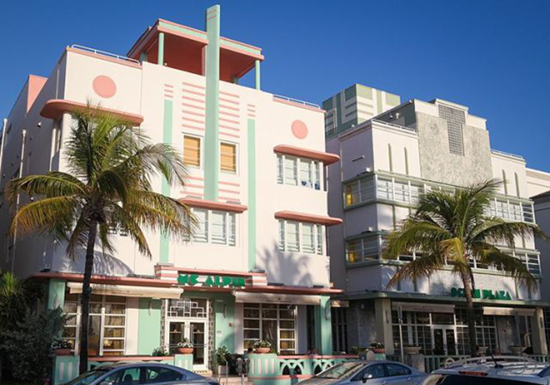

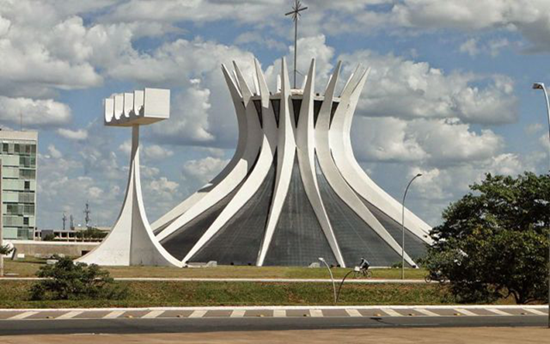
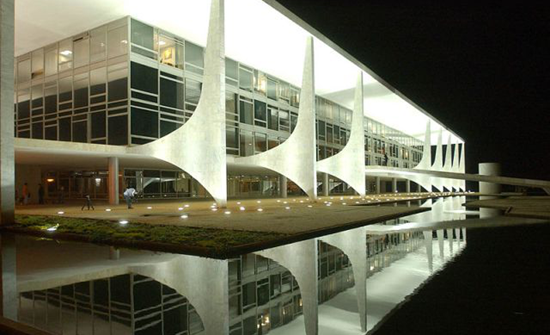

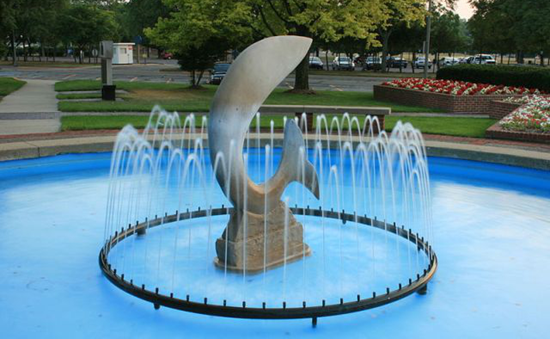
![wps1B2D.tmp[4] wps1B2D.tmp[4]](http://lh3.googleusercontent.com/-BIEjPXp2XxA/Vh5hOya1l6I/AAAAAAADci4/t7YqgUAg-qA/wps1B2D.tmp%25255B4%25255D_thumb%25255B3%25255D.png?imgmax=800)


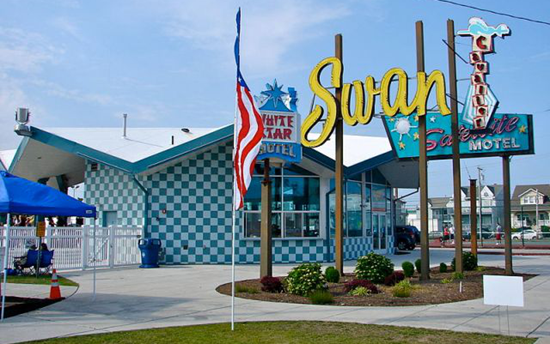






No comments:
Post a Comment
Please adhere to proper blog etiquette when posting your comments. This blog owner will exercise his absolution discretion in allowing or rejecting any comments that are deemed seditious, defamatory, libelous, racist, vulgar, insulting, and other remarks that exhibit similar characteristics. If you insist on using anonymous comments, please write your name or other IDs at the end of your message.